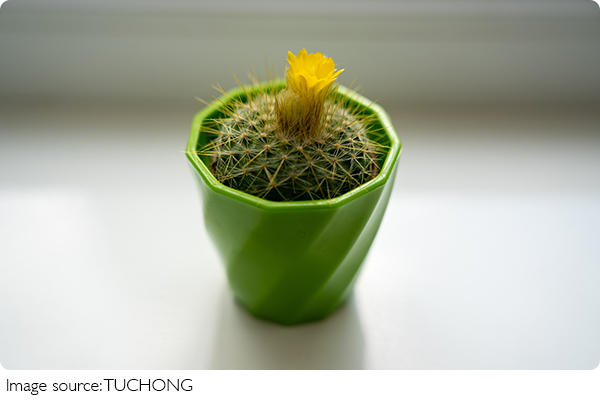Resilient Cacti

Cacti are unique and striking plants, renowned for their ability to survive in extreme environments. Not only do they possess distinctive appearances, but they also play vital roles in ecosystems and human life.
This article will provide a brief overview of the biological characteristics, adaptability, species, and cultural and practical uses of cacti.
1. Biological Characteristics
Cacti belong to the dicotyledon class and are widely distributed across arid and semi-arid regions of the Americas. The most recognizable feature of these plants is their thick stems and the absence of true leaves.
Most cacti species perform photosynthesis through their stems, which are typically covered in a waxy layer to reduce water loss. Additionally, their stems can store significant amounts of water, which is crucial for their survival in arid environments.
The leaves of cacti have evolved into spines over time. This adaptation reduces water loss and provides a degree of protection against herbivores. Cacti typically have shallow but widespread root systems that can quickly absorb rainfall and dew from the surface. This evolutionary strategy enables them to thrive in environments with minimal water.
2. Adaptability
Cacti are highly adaptable and excel at surviving in extreme environments, including high temperatures, low water availability, and poor soils. In arid regions where water is scarce, cacti utilize a special form of photosynthesis called crassulacean acid metabolism (CAM).
At night, when temperatures are lower, cacti open their stomata to absorb carbon dioxide, storing it in their cells. During the day, they close their stomata to reduce water loss and use the stored carbon dioxide for photosynthesis. This physiological process allows cacti to survive for long periods without water.
BEST TIPS | HOW TO CARE FOR CACTI INDOORS | CACTUS CARES
Video by Succulents Box
In addition to dry environments, cacti can also adapt to areas with extreme temperature fluctuations, such as deserts where daytime temperatures can exceed 40°C (104°F) while dropping to freezing levels at night. Their thick stems and spiny structures not only help retain water but also reflect some sunlight during the day, preventing the internal temperature from rising too high.
3. Species
There are over 1,700 known species of cacti, with diverse forms and functions.
One of the most iconic species is the Saguaro cactus (Carnegiea gigantea), which is a symbol of the southwestern deserts of the United States. It can grow to over 12 meters (40 feet) tall and live for more than 200 years. The San Pedro cactus (Echinopsis pachanoi), native to the Andes in South America, is known for its medicinal properties.

Another common type is the prickly pear cactus (Opuntia), notable for its flat pads and edible fruit. In many countries across the Americas, it is an important food source. Additionally, the golden barrel cactus (Echinocactus grusonii) is popular as an indoor potted plant due to its spherical shape and tough spines. Many small species of cacti are favored in home gardening, as they are both visually appealing and drought-tolerant, making them well-suited for urban indoor environments.
In conclusion, cacti hold a unique position in the plant world due to their remarkable adaptability and varied uses. From being a desert marvel to an essential resource in human society, cacti symbolize resilience and the wisdom of adapting to one’s surroundings.

 · Art Team
· Art Team